Aggressive brushing techniques combined with improper Bristle Hardness can contribute to Gum Recession, even when users think they’re improving oral hygiene. In fact, a toothbrush that’s too stiff or poorly designed may abrade the delicate gum margin over time. Consequently, manufacturers must understand the interplay between brush design, materials, and brushing behavior to safeguard patients’ periodontal health.
First and foremost, today’s dental professionals and end users expect electric toothbrushes to deliver superior plaque removal without harming soft tissues. As gum health gains prominence in preventative care, the market demands brush heads that balance cleaning power with gentleness. Therefore, selecting the correct Bristle Hardness and head pattern is critical to prevent inadvertent abrasion while still achieving clinically proven results.
Moreover, the gingival margin—the tiny band of tissue at the tooth‑gum interface—is particularly susceptible to mechanical trauma. Repeated scratching or compression can disrupt the epithelial attachment, leading to Gum Recession. In addition, exposed dentin increases sensitivity and caries risk. Understanding this anatomy helps designers engineer toothbrushes that minimize lateral forces against the sulcus.
Furthermore, studies show that medium‑ or hard‑bristled brushes can remove plaque more quickly but at the expense of soft tissue health. Conversely, ultra‑soft bristles reduce abrasion but may lack sufficient cleaning force if not optimally arranged. Key factors include:
Therefore, calibrating bristle composition and geometry is essential to prevent wear on the gingival margin. Company web:https://www.powsmart.com/product/electric-toothbrush/
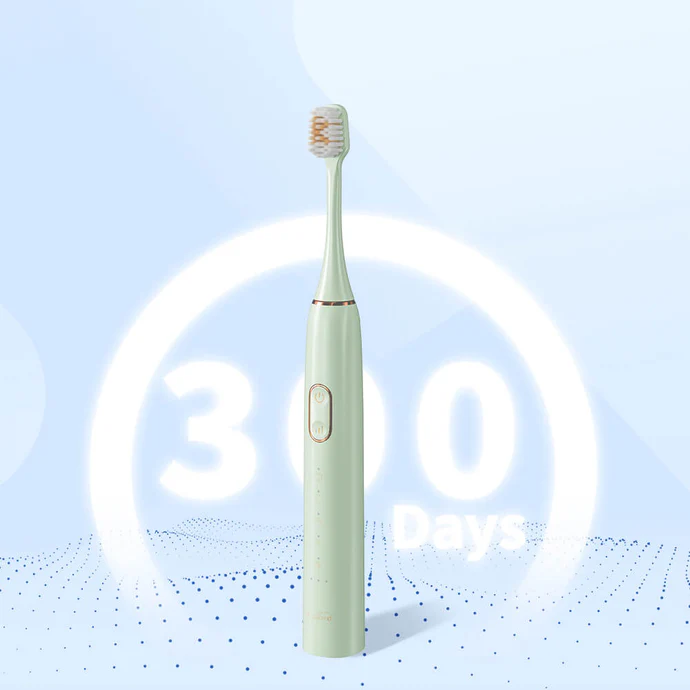
In addition to bristle properties, user technique dramatically affects outcomes. Excessive brushing pressure—even with soft bristles—can cause gingival microtrauma. Likewise, horizontal scrubbing motions exacerbate wear at the cemento‑enamel junction. Integrating pressure sensors that alert users to over‑forceful brushing and providing visual or haptic feedback can mitigate these behaviors, thereby reducing Gum Recession risk.
To address both efficacy and safety, B2B manufacturers should consider:
These multi‑pronged design enhancements ensure comprehensive care without compromising gum integrity.
Finally, in an industry founded on trust, rigorous quality control and ongoing R&D are paramount. Manufacturers should implement:
By committing to these standards, B2B partners can deliver electric toothbrush solutions that maximize plaque removal while actively protecting against Gum Recession and user discomfort.
Conclusion
Could your toothbrush be contributing to gum damage? By carefully balancing Bristle Hardness, head design, and user feedback mechanisms—and by rigorously testing abrasion and pressure impacts—manufacturers can create products that clean effectively without compromising soft tissue health. For customized solutions or clinical testing partnerships, please contact our team of oral‑care technology experts.

Is Blue Light Under 480nm Safe for Teeth Whitening Devices?
How to Optimize Jet Instability and User Discomfort?
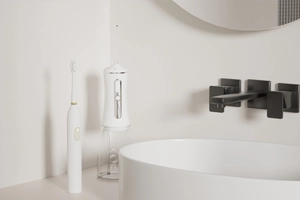
Beginner’s Guide to Water Flosser Pressure Settings
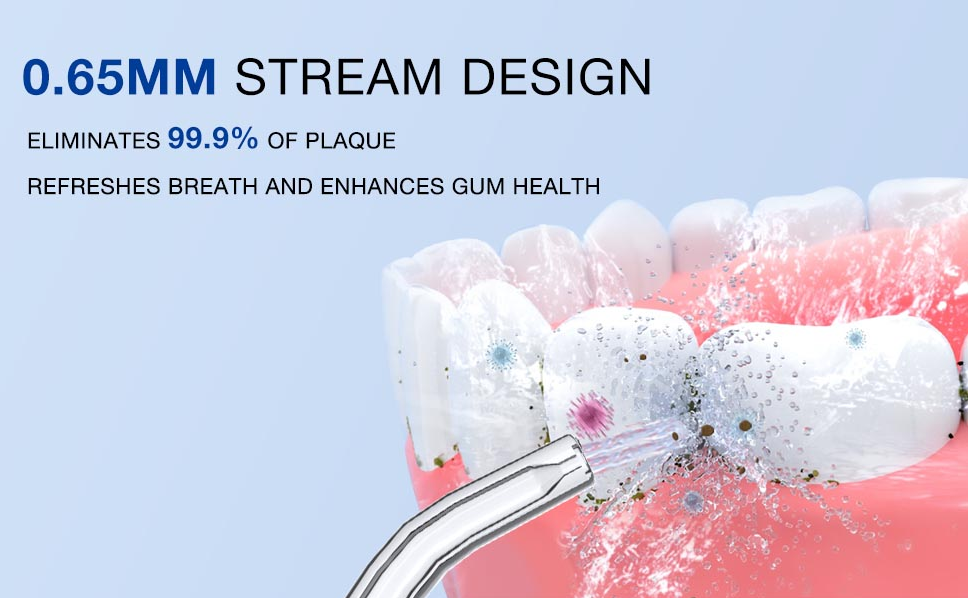
Ideal Pressure Settings for Sensitive Gums: Dentist Recommendations for Water Flosser Users

Custom Your Electric Toothbrush or Water Flosser Brand Now!

Common quality problem with electric toothbrushes
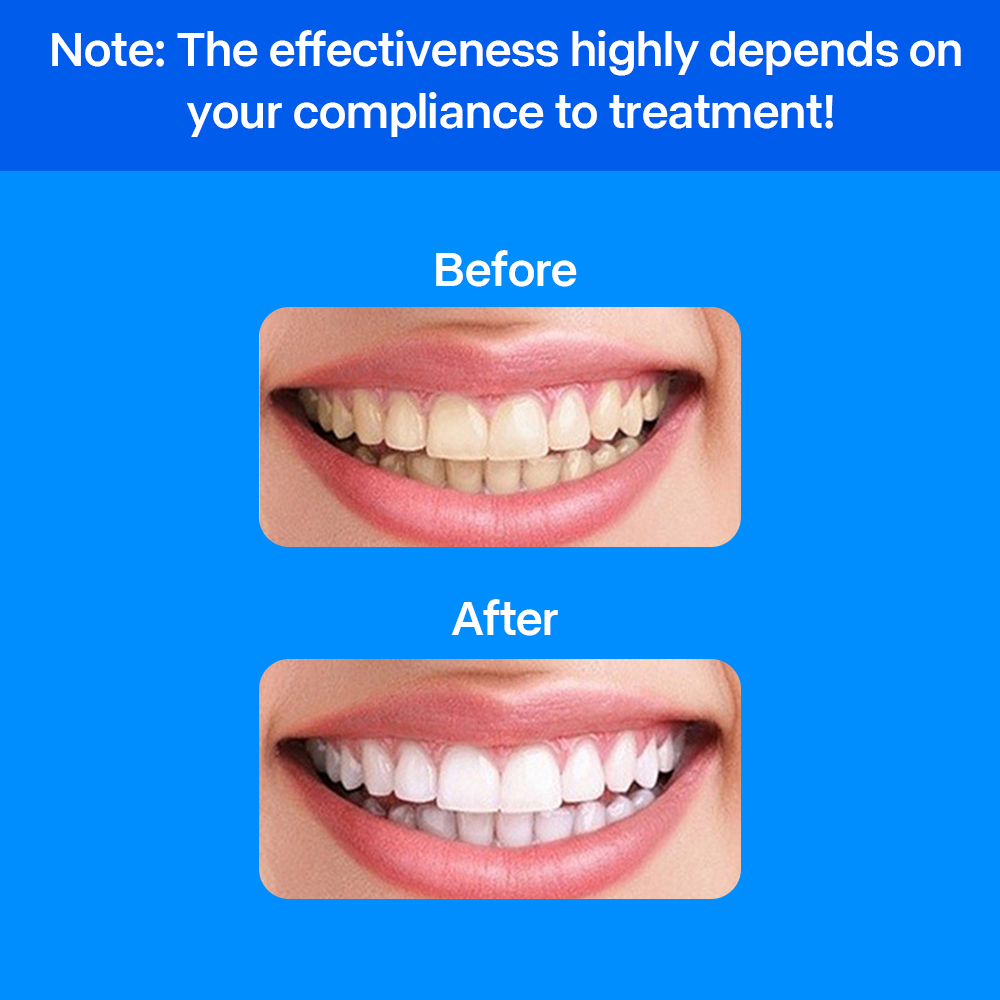
Different Ways to Whiten Teeth

Should You Try The Take-Home Whitening Kit?

Scientific Oral Care: An All-Inclusive Guide to Preventing Oral Diseases
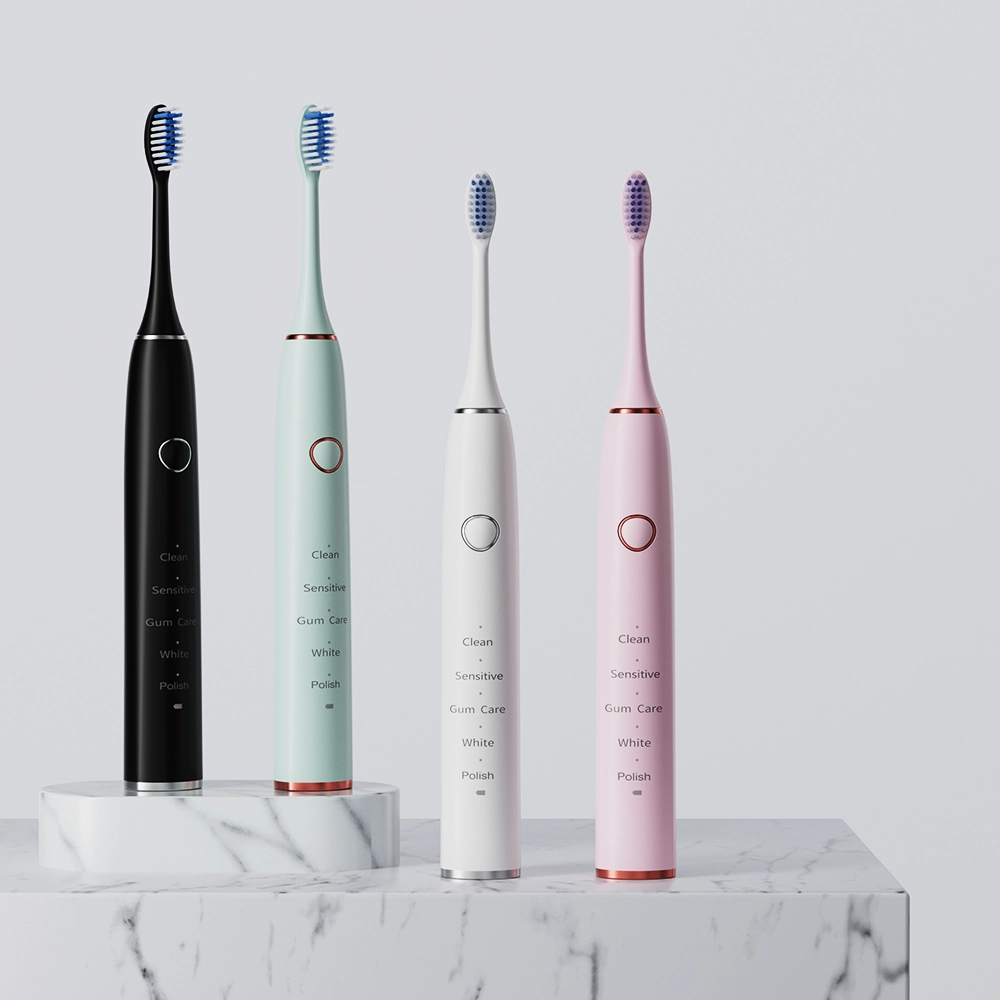
Factors Affecting the Durability of Electric Toothbrushes

Revolutionizing Oral Care: The Benefits and Effectiveness of Electric Toothbrushes
How to Fix LCD Glitches and Sensor Errors?
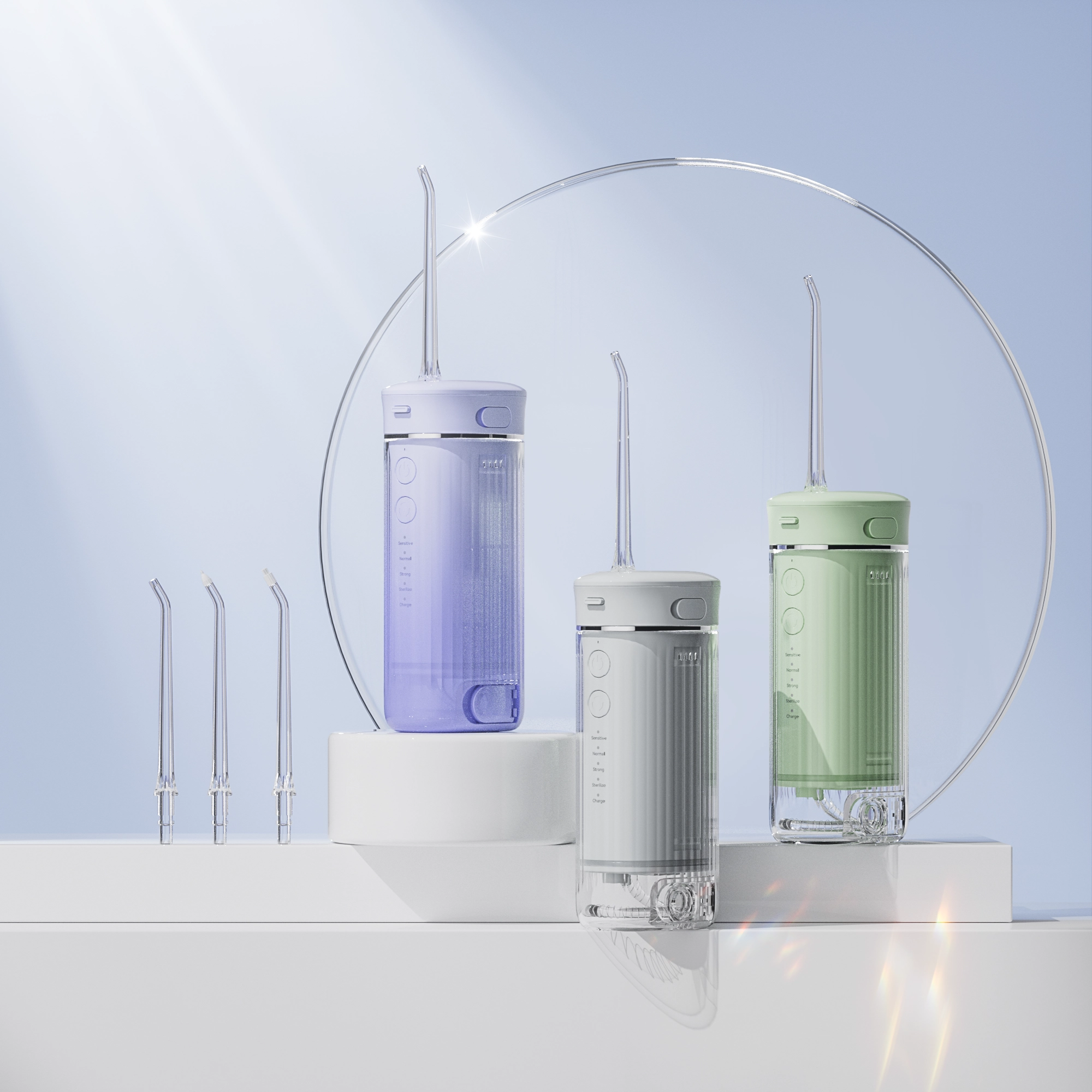
From production to quality control: the whole process of creating a high-quality water flosser
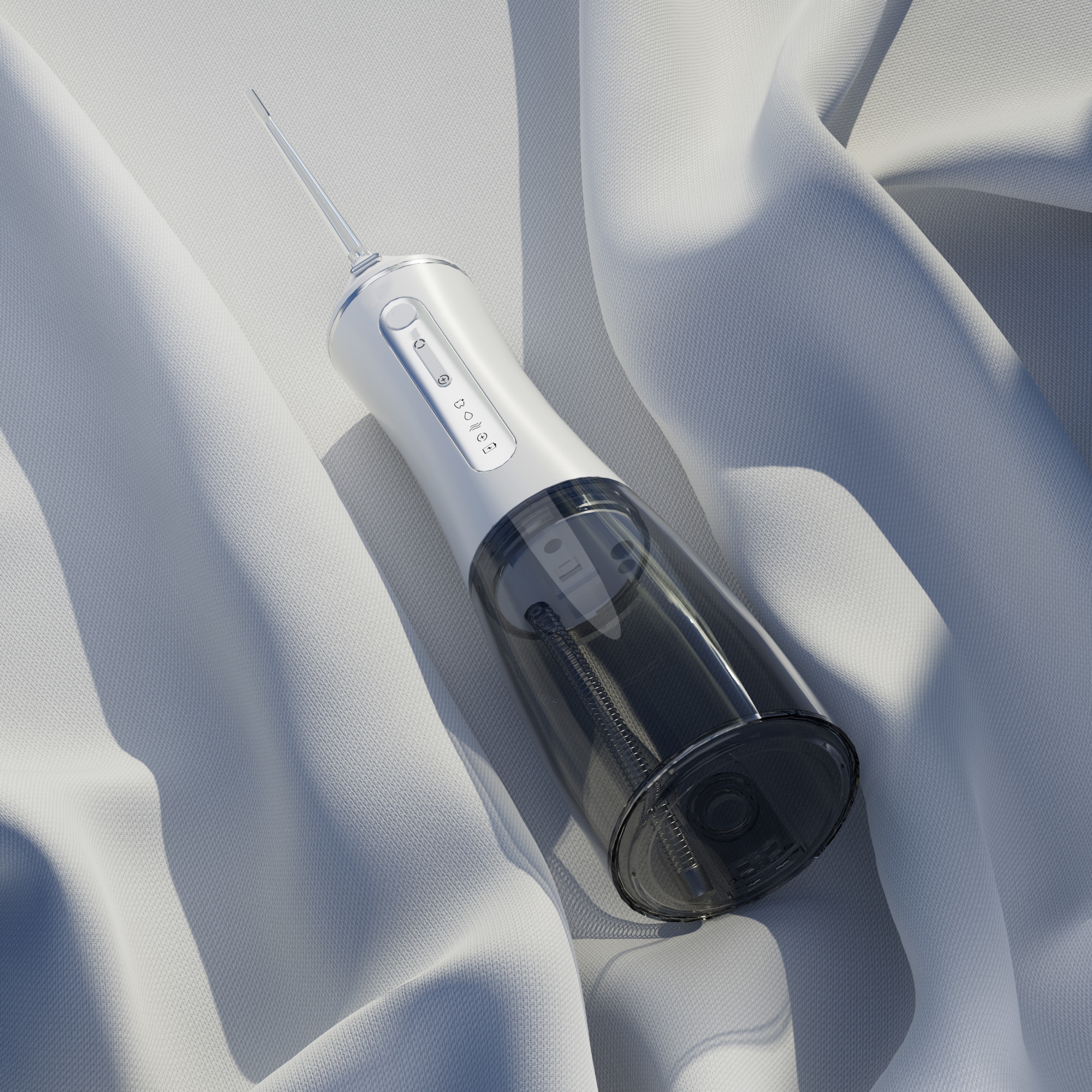
Travel Water Flosser Design: Power Compatibility, Storage & Waterproofing

From manual to electric toothbrushes: a revolution in changing toothbrush habits
Gift for Software Engineer Electric Toothbrush Bangalore

Electric toothbrush heads Charcoal Infused-Diamond
.jpg)
Florida Electric Toothbrush – Powsmart PTR-C8

electric toothbrush heads Charcoal Infuse-Round

electric toothbrush heads Regular Clean

Private Label Whitening Gel

Customization Teeth Whitening Gel

electric toothbrush heads Ultra Soft

electric toothbrush heads Deep Clean
whstapp
whstapp
National Toll-Free Service Hotline
+86 755 86238638